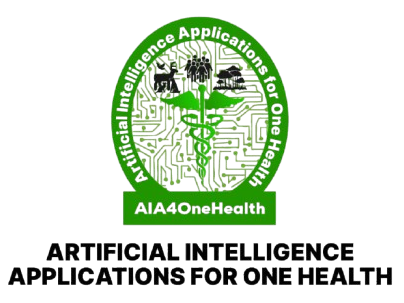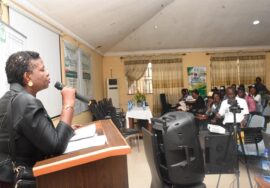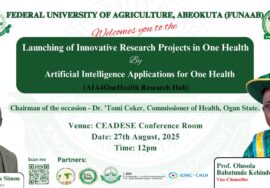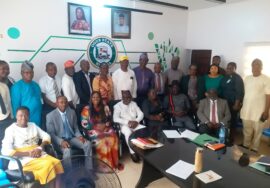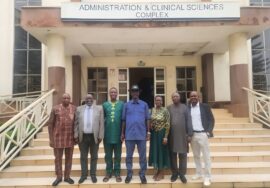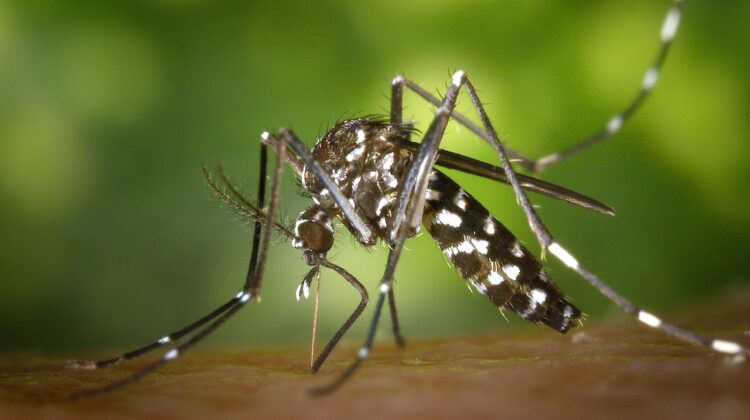
Harnessing AI for Early Detection of Zoonotic Outbreaks
Outline
Introduction: The rising threat of zoonoses
How AI models spot signals in animal health data
Case study: Predicting avian influenza hotspots
Integrating human–animal–environment data streams
Roadmap for deployment in low-resource settings
Conclusion: Toward proactive global health security
Every year, pathogens that jump from animals to humans (zoonoses) trigger outbreaks with devastating human and economic costs. Traditional surveillance often reacts after human cases appear—leaving precious time lost. Artificial Intelligence (AI), however, can sift through vast animal health, environmental, and human data to flag warning signs long before spillover occurs.
AI models trained on livestock movement, wildlife migration patterns, weather anomalies, and veterinary lab results now detect subtle correlations invisible to human analysts. For example, a recent collaboration used machine-learning algorithms on poultry farm data in Southeast Asia to forecast avian influenza hotspots with over 85 % accuracy—enabling targeted culling and vaccination campaigns that curtailed outbreaks before human infections emerged.
Central to these successes is breaking down data silos. By fusing satellite-derived environmental indicators (temperature, vegetation indices), wildlife sentinel reports, and hospital admission logs into a unified platform, AI4OneHealth creates a continuous health “dashboard.” Alerts can then be routed to local public-health authorities, veterinarians, and environmental agencies in real time.
Deploying these systems in low-resource settings requires careful design: lightweight mobile interfaces for field veterinarians, cloud-based analytics that tolerate intermittent connectivity, and capacity-building programs to interpret AI outputs. Our ongoing pilot in Nigeria’s poultry belt is already improving response times—veterinary officers receive predictive risk maps on their phones, allowing them to pre-position vaccines and engage farmers proactively.
By harnessing AI for early detection of zoonotic threats, AIA4OneHealth is pioneering a shift from reactive outbreak response to proactive prevention—ultimately saving lives and safeguarding livelihoods.
